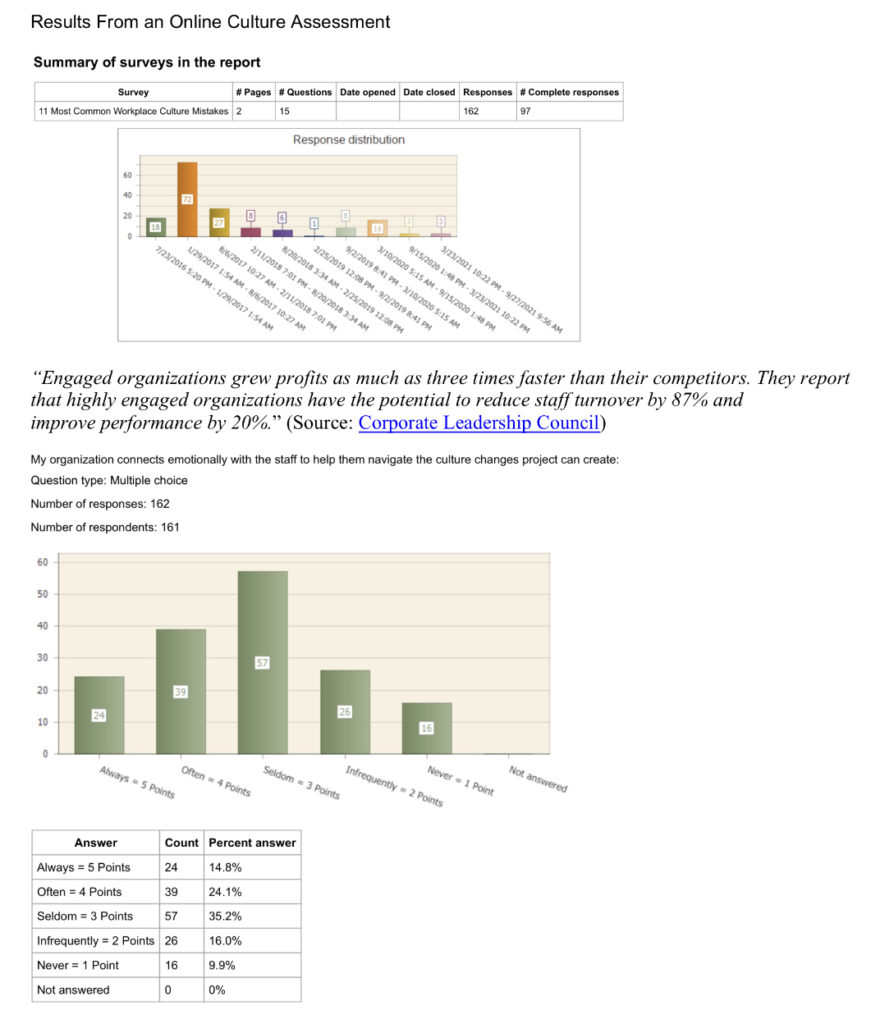1,508 Views
How to retain public sector employees during the Great Resignation
The pandemic has transformed the way that people work, causing many job seekers to reconsider their priorities. In the middle of what some experts are referring to as “The Great Resignation 2021,” a new report published by Qualtrics determined that almost half of the country’s workforce intends to search for a new job. Why? People are feeling overworked. They are also stressed with their current jobs and want to grow with their careers instead of toiling away doing the same thing day after day. How to retain public sector employees? Consider taking the following seven measures to keep your workers on staff.
1. Reward Loyalty
Make sure that you’re paying people enough to eliminate the temptation of leaving for a better paying job. Along with improving your organization’s current compensation package, try implementing a bonus structure. You could also offer one-time financial assistance like helping with a student loan debt or offering aid with a down payment for a home.
When you reset your sector’s compensation, it gives you the chance to review what your workers are making and correct any pay inequalities that are happening to people of color and women. You might also be able to bring some former employees back by sending them an offer to vest them in your area’s long-term compensation program immediately.
Keep your staff working for you by offering paid leave for workers who have been infected with Covid, and if your employees must deal with customers face to face or by telephone, then stand up for your staff if customers mistreat them.
2. Listen to Your Workers
To create your sector’s compensation plans, talk to your workers to determine their general well-being and how they feel about your productivity requirements. Use this information to narrow in on where they need support. When you offer benefits and compensation amounts that your employees request, then they’ll know that you’re listening.
This type of approach also informs you about how different employees are doing in different conditions. Not only will listening to your workers help you offer more helpful benefits and compensation plans, but it will also help you create better working conditions. For instance, your staff may prefer a hybrid work environment, one that allows them to work from home or at the office.
You can also implement a policy that involves paying your staff their pay rate for a full 40-hour work week even when they complete a project more quickly. Consider not requiring your employees to clock in or clock out for their workday. Focus more on work results and less on how much time people are spending doing it.
Use what your employees tell you as a compass that guides your decisions. Consider what they say when you’re developing plans and do what you can to address their different needs. Be sure to create chances for every worker to have a say.
3. Give People the Opportunity to Grow
Take a moment to imagine that your best workers just told you that they were leaving the department. What would you say to them to prevent their departure? You might ask them what their dream job would be with your organization. Then, consider ways to create these types of jobs for people before they think about leaving.
Several organizations have been completing retention interviews during the last few months. They asked employees what they would need to stay with their current employer. A big reason why people leave is because they don’t feel as though they are using their skills. How to retain employees? Give them new ways to advance and use their skills while offering them the chance to learn new ones.
Workers are eager for their companies to trust them with more responsibility. Many of them are interested in retraining their current skills and developing new ones.
4. Focus on Culture and Personal Connections
Put the bottom line aside from time to time and work on creating personal connections and forming relationships. Along with solidifying the relationship that your workers have with your organization, forming personal connections typically has a positive impact on employee productivity.
A recent survey conducted during the pandemic found that blue-collar workers and white-collar workers both prioritize having good relationships with their fellow employees over other work areas.
5. Establish a Higher Purpose
Every organization has a purpose. It’s why people work for a department and decide to stay with one. Believing in what your organization exists to do is important to those who work for you. This is even more important when things become turbulent at an organization.
Show your workers that your sector is about more than the bottom line. Also, do more than just talk about your organization’s purpose. Be sure to consider the purpose when you’re deciding how to run your division and how to represent it.
6. Take Care of Your Workers
Invest in mental health resources. Along with this, acknowledge the efforts that your workers have made during the pandemic. Provide assistance to your employees who have small children by offering them subsidized daycare, and consider increasing the amount of paid time off that you offer. Accept that some workers will need more time off than others do and take steps to give them what they need.
Be available to your employees. Make it easy for them to communicate with you and your HR department. If someone comes to you with a resignation notice, perform a stay interview instead of an exit one. See if there are changes or accommodations that you can make to keep them on staff.
7. Incorporate a Flexible Work Environment
The workplace of tomorrow is going to feature a flexible work environment in the areas of:
• Where people work
• When they work
• People’s job descriptions
• People’s career paths
Embrace this flexibility. If you’re not sure where to start, have your workers create teams, and give them the assignment of developing what they would like in their work environment. If you let people construct their dream job, they’ll be more likely to want it.
Regarding flexibility, consider relaxing your employment qualifications. Hire people who don’t exactly fit your candidate profile. If you receive a resume that covers around 75% of your work qualifications, snag them. More than half of IBM’s available jobs in the United States do not require job candidates to have a four-year college degree. Job candidates who may not have the right qualifications on paper are usually able to make up for it by learning on the job.
Be sure to offer a realistic description of what a job requires. Turnover is usually its highest with new workers. People often leave because the job is different than they expected. After experiencing the downside of the position, they leave. To keep people on staff, expose them to the most challenging part of the job first. That way, they’ll have an accurate expectation of the position.
How to Retain Employees
To avoid being negatively impacted by the great resignation 2021, review your division’s compensation packages, growth opportunities and employee flexibility. You don’t have to put up with empty office chairs and resignations from experienced public sector employees. Instead, take action and offer people a reason to remain at your organization.













